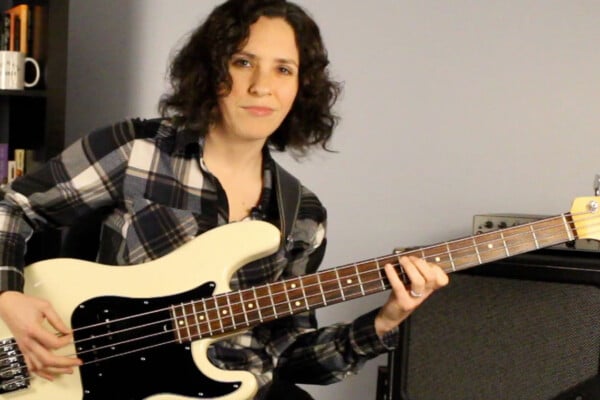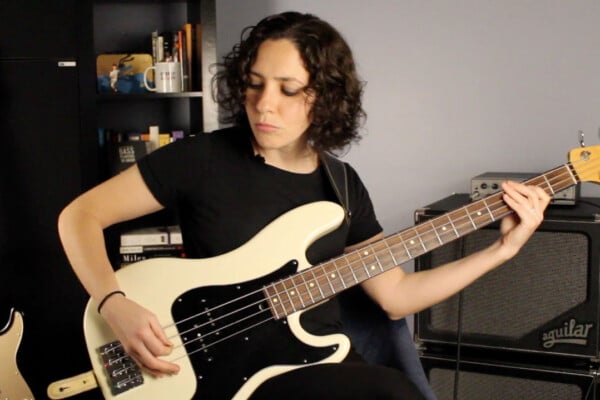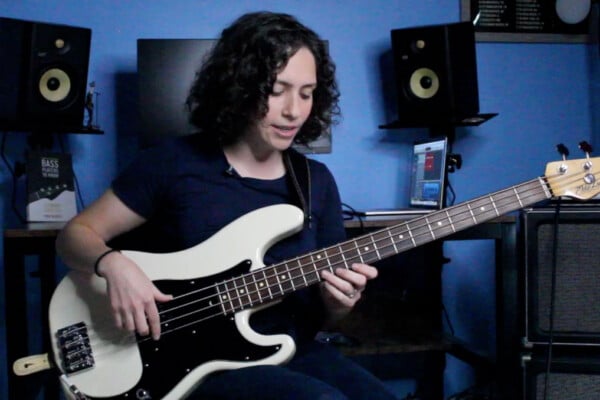Live looping: Thinking Outside the Box
I was in a music retail outlet recently where I purchased a Boss RC-20XL Loop Station. A great piece of kit, a glowing review of which I will post separately.
What occurred to me, as the eager shop assistant demo’d the device, was that live looping may have become a little typecast in the minds of many musicians; i.e. a means of laying down a simple groove or beat then building on top of this using overdubs to create a short, repetitive phrase over which to improvise.
Now of course, this is a viable and altogether valid way of using the looper, more so with cheaper pedals which only give a few seconds phrase-recording time. However, it did set me thinking about how by using longer phrases, effects, playing techniques, instruments, time signatures and even an open ended loop where there is no definitive beat — looping can take on an altogether more creative, exciting and ‘edgy’ nature.
So let’s take each of those elements mentioned above and see how they can turn a ‘phrase’ into an entire piece:
Using longer phrases
Anyone who has used a looper or ‘phrase recorder’ will know that the most natural and most tempting thing in the world is to record a short groove as a base for which to overdub layer upon layer of noodling ;-) Now, whilst this is great in of itself, a cool way to practice and of a lot of fun, it is possible for the novelty to wear off.
If your hardware allows it, try to use longer phrases. This will be a challenge at first, especially in the area of timing – but don’t let that put you off – persevere. You will find that it opens up a whole new mindset. For examples, check out some of Steve Uccello’s looping pieces (Steve’s web site and on Twitter). He will do an entire song-length initial loop, then build upon that with shorter overdubs and live improvisation.
Effects
Use of a multi-effects processor on your input to the looper is a lot of fun and really opens up many possibilities. Experiment not only with chorus and distortion etc., but also huge reverbs, pitch-shifts, octavers and wahs; put this together with longer phrase recording times and you’re doing nicely.
I use multi-effects only on the input as otherwise the entire loop, including any overdubs, are affected by whatever effect you switch to next. I tend to use a subtle large hall reverb on my output from the looper to add some ambience to my sound. I actually find it makes me play better.
Playing techniques
Obviously this one can depend on ability, but it doesn’t have to:
Harmonics really can form a fabulous base on which to build as they are light and won’t add to any ‘muddy-ness’ once you start overdubbing. (As a tip, try reversing harmonics, if your hardware allows).
Drone notes can be the start of an ethereal piece or a base on which to build rhythmic pieces.
Chords and arpeggios are great to add depth and to strengthen melodic structures.
Unique scales and intervals can create a sense of space and non-dominant chords in compositions. This is good when you want to take the loop in a different direction without being locked into anything too uniform. This is one of my favorite techniques.
If you play double bass, use Arco for long notes that can overlap with each other, then build on top with Pizzicato lines.
Any other bumps, scrapes, slaps, taps, pops, slides and noises you can find on your bass! These add rhythmic interest and a quirky personality to your loops.
Instruments
I’ve mentioned before that I find using my acoustic guitar a great inspiration for chordal structures and melody. But use what you have to hand; different basses (fretless etc.), guitars, hand drums, vocals, pre-recorded samples… I even dug out an old Stylophone the other day that I’m sure I could use! All offer inspiration and will surprise you.
Time Signatures
Sometimes I will come up with a riff on the spur of the moment which is in an odd measured time signature. I think using odd measures is great and really adds spice to a looping piece. I’ve used 5, 7, 10 and even 13 beats to a bar. It really is a ‘feel’ thing. Try not to get too caught up in contriving an odd measure – rather let it happen.
‘Open-ended’ Loops
I think one of the most interesting of looping techniques is when any definitive rhythm gives way to an open-ended loop where not even the player is too conscious of where ‘1’ is in the bar; if indeed there are any bars! You must use this in conjunction with longer phrase times by definition, as otherwise it is too easy to tell where the loop begins and ends. All of the above-mentioned playing techniques can come into their own here, employing a ‘no-holes-barred’ method which is both exciting and tremendous fun, as for the most part one has no idea where to go next… just improvise and let it evolve!
I do hope you found this article of interest. Stretch yourself, your technique, style and hardware. Experimentation is the name of the game. Don’t be a typecast looper and you will find it very rewarding. As ever, your comments and reactions are appreciated.




Anyone interested in live looping ought to check out Steve Lawson http://music.stevelawson.net/ – amazing!
Really useful dude – thanks so much for that – Russ
Re: time signatures and looping…
I’m forming a groove/noise 2 piece. The idea is grooves played live and looped up on the guitar (no problem) and then beats matching those timings dropped over the top.
I have no problem in writing my own drum patterns in all sorts of time signatures – that much I find easy as pie.. but once they are exported to wav I start to get stuck.
I’m trying to find a program (preferably free, as I’m more broke than ever before) that will enable me to cue up each of the drum patterns I have made, and let me drop them at the touch of a button… losing the previous loop, and playing the new one in a new time signature..
sounds easy enough but I’m really struggling.
Can anyone help?
Good article Russ! I use the Boss RC50 for what looping I do, I still think of new ways to use it too. I agree that looping has become typecast to some extent, that’s mainly down to people watching a groove/harmonics/solo video on YouTube etc, and then doing the exact same thing in a different key… Almost pyramid sales style loop abuse! But if that keeps most people entertained then so be it. I think like most things in music, your imagination is the limit, the technology is only a vehicle….Here’s to exploration!
Yeah! Check out Steve Lawson!
I’m trying out a “new” concept I call grLOOPing!
You can read more about it here:
http://gigbyte.wordpress.com/2011/08/31/ever-heard-about-grlooping/
We’re doing our first live-with-audience-gig soon!
It’s gonna be really exiting trying it out for “real!
Thanks for the timely article. I recently invested in a Boss RC- 300 Loop Station, which has 3 loop pedals. It’s a lot of fun. I’m actually using it to create songs. One way I’m accomplishing this is by creating a soundscape with the first pedal, then another one with the second pedal that is derived from the first but with a different feel, then creating another vibe on the third that is slightly different from the second one. Once I’ve tired of the combined piece, I’ll delete pedal number one, which gives pedals 2 and 3 a different vibe, then I’ll start all over. Eventually I’ll stop because I have to go to work.
Like you’ve mentioned, using different time signatures and effects spark new ideas. Thanks again for posting the article and I will check out Steve Lawson.
p.s. It would be great if you guys could have a person devoted to looping techniques because there really is a lot you can do with these machines.